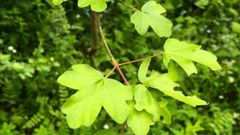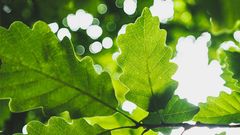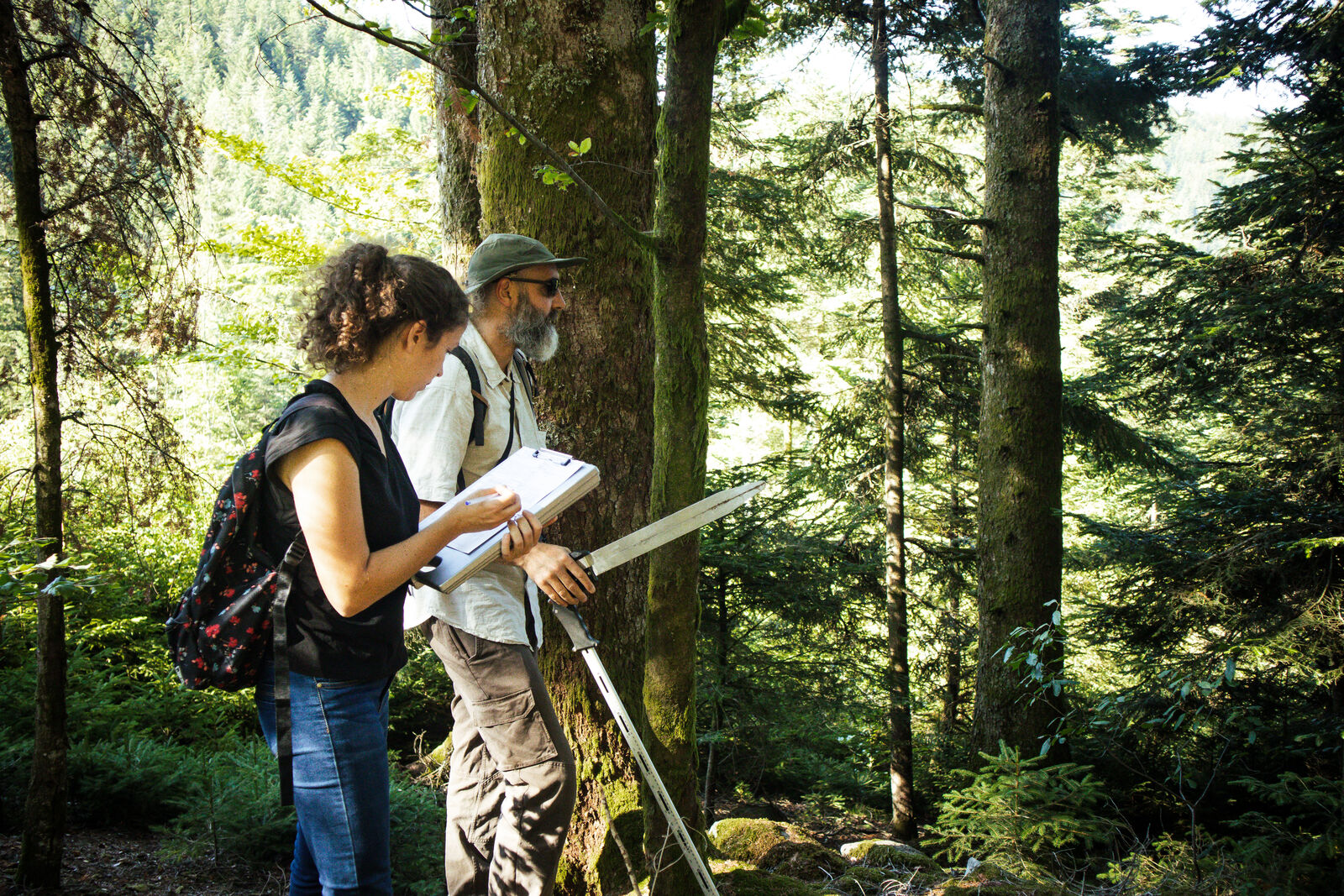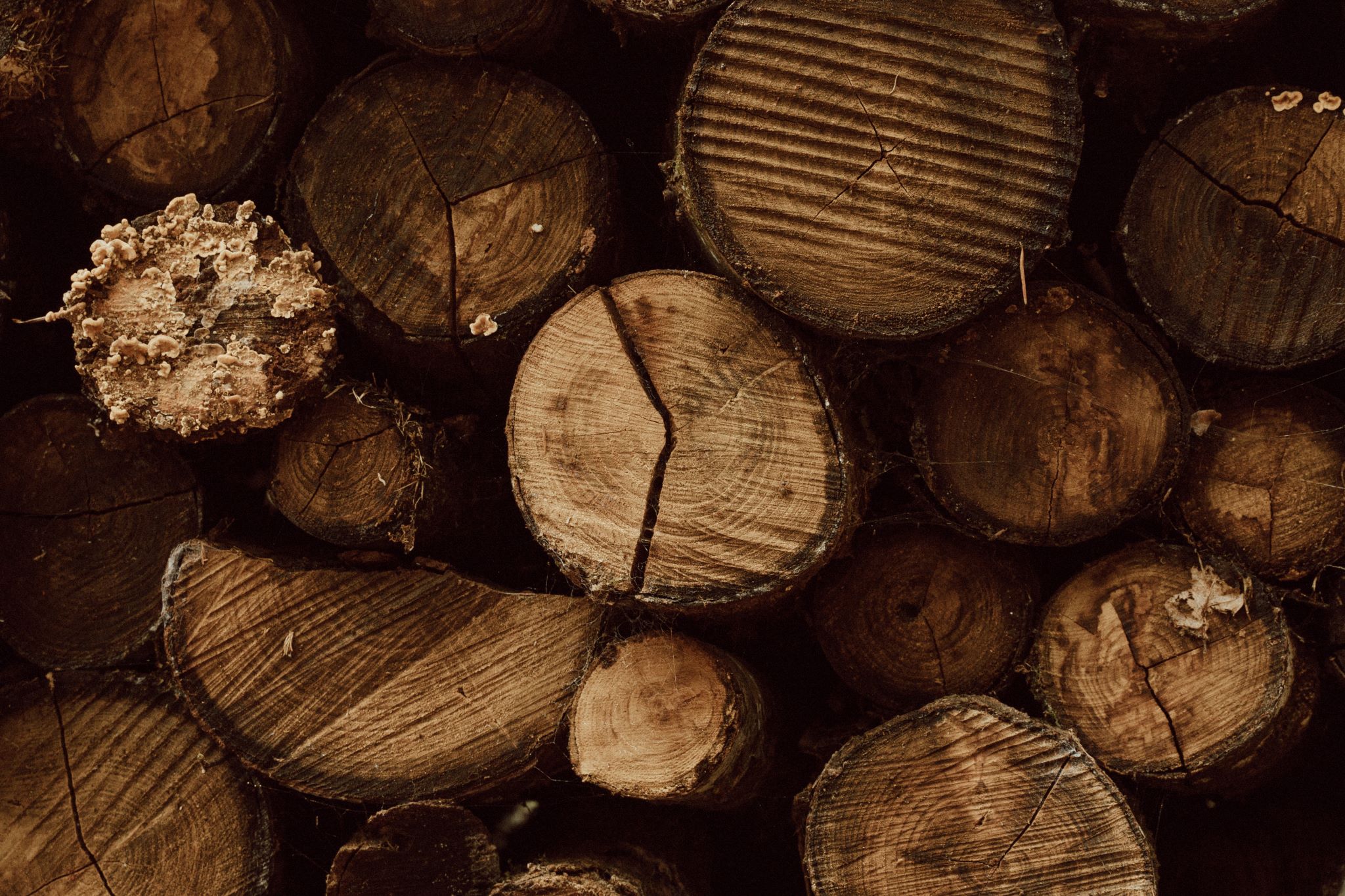About Cléden-Poher forest
Located in the municipality of the same name in France, the Cléden-Poher forest is in Finistère in Brittany and grows on loamy soil. The larch high forest, which was no longer being maintained prior to our takeover of management, was in poor condition.
As a result, we planted various species there, adapted to the soil and geological conditions as well as the abundant rainfall (960 mm/year) of the area. The forest is located in a deep valley formed by wooded corridors and floodable meadows on either side of the meanders of the Aulne river and its adjacent valleys and tributaries. The Aulne river, which flows through a small part of the forest, is a preservation zone for three species, including the European otter. To preserve its habitat, it is necessary to protect the riparian vegetation, woodlands, alluvial forests, natural meadows and the network of hedgerows in all the wetlands. To safeguard salmon populations, attention must be paid to riverbeds and banks, the restoration of spawning grounds and improvement of water quality.
Furthermore, the Aulne river is also covered by a Natura 2000 habitats directive, as a river with water crowfoot. It is also a site of major interest for the breeding and hibernation of the greater horseshoe bat, and is home to the largest breeding population of Atlantic salmon in France.
Read more Read lessAs a result, we planted various species there, adapted to the soil and geological conditions as well as the abundant rainfall (960 mm/year) of the area. The forest is located in a deep valley formed by wooded corridors and floodable meadows on either side of the meanders of the Aulne river and its adjacent valleys and tributaries. The Aulne river, which flows through a small part of the forest, is a preservation zone for three species, including the European otter. To preserve its habitat, it is necessary to protect the riparian vegetation, woodlands, alluvial forests, natural meadows and the network of hedgerows in all the wetlands. To safeguard salmon populations, attention must be paid to riverbeds and banks, the restoration of spawning grounds and improvement of water quality.
Furthermore, the Aulne river is also covered by a Natura 2000 habitats directive, as a river with water crowfoot. It is also a site of major interest for the breeding and hibernation of the greater horseshoe bat, and is home to the largest breeding population of Atlantic salmon in France.







